Advanced File Naming In Capture One (part 1)
You know the expression “What’s in a name?”, and the answer is: a lot. File naming is important and the advanced file naming feature in Capture One is very powerful and used extensively in a professional workflow. Learning to master its power is something different. This post – part 1 of 2 – helps you on the way.
Advanced File Naming In Capture One
Capture One offers sophisticated tools to set or change the name of your images and the folders you store them in. You can name and rename during tethering and import, rename images in your Session or Catalog, and on output.
This post is the first of two parts. You find Advanced File Naming in Capture One (part 2) here. Part 2 focuses on renaming on output.
But why bother about file naming anyway? Here are a few examples of file naming:
- the images during a tethered shoot get their name in Capture One; the name of the shoot, the client, the location, plus a sequence number helps to identify the images
- standard file names a camera gives to your pictures on a card have very little information and are often not unique; renaming on import is where the name of your images start making sense
- even the best naming scheme for your archival purposes may mean nothing to those who receive or use them, so why not rename them on export or processing to “Norway holiday 2019-001 to -999”?
The examples above show that a name is the primary means of identification of your image. Before you open an image or look at its metadata, you have the most necessary information. Therefore file naming is inherently part of a photographer’s workflow.
Using Tokens
Tokens are the foundation of the advanced file naming in Capture One. A token is a placeholder representing a specific kind of data, not the data itself. For example, when you use a token for image date, Capture One will fill in the date for each image individually.
Tokens are building blocks that you use to create the naming format, as you can see in the example above. Tokens from the Date and Time group are placed in the Format field to create the desired naming format.
Note that you can mix tokens with fixed text. There are tokens for camera information like ISO, lens, model, or metering mode. Other tokens let you fill in a job name or a sub name that is linked to a process recipe, or a variant position.
Finding The Right Token
There are over 90 different tokens in Capture One, and they are organized in groups like General, Date and Time, and several Metadata groups.
By default, all tokens are listed alphabetically. Often it is easier to find a token after selecting a group first.
Token Options
Some tokens have a small chevron icon at the end of their name. This indicates that there are options available, like different formats.
Select the option you need. You can do this before you insert a token or afterward. You insert a token by dragging or double-clicking on it.
Naming Files And Folders
In addition to renaming file names, you can define a subfolder in the naming format for the respective tools during output. Subfolders can nest multiple levels deep. The name of these folders may contain text, tokens, or a combination of both.
Where To Use Tokens
As mentioned earlier, you can use advanced file naming in Capture One during capture, import, and output. The following list describes exactly all locations in Capture One where you can use tokens for renaming either the file or folder name:
- capture
- file name, Next Capture Naming tool, Format field
- import
- file name, Import Images dialog, Format field
- batch rename
- file name, Batch Renaming dialog, method Text and Tokens, Format field
- output
- file name, Output Naming tool, Format field
- folder name, Output Location tool, Sub Folder field
- file name, Process Recipe tool, File tab, Sub Name field
- folder name, Process Recipe tool, File tab, Sub Folder field
- text, Process Recipe tool, Watermark tab, Text field
- export originals
- file name, Naming section, method Text and Tokens, Format field
- export variants
- file name, Naming section, Format field
- file name, Recipe section, File tab, Sub Name field
- folder name, Recipe section, File tab, Sub Folder field
Of course, you do not have to remember them, but it gives you an idea of how wide-spread the use of tokens for advanced file naming in Capture One is.
File Name
Every image on our computer starts as a file, and every file has a name. A file name is such a trivial attribute that many users do not pay much attention to it. As a result, I often see meaningless names like IMG0845 or _DSC5930.
It can get worse, however. I sometimes see multiple images in a client’s catalog like 1.jpg, 2.jpg, and so on. Well, at least someone practiced file renaming, didn’t he?
Naming Scheme
One of the first lessons I learned when I moved from analog to digital photography was to rename my image files. Why? I always rename my image files for two reasons.
First, a camera file name like IMG0845 is not unique. Any camera can come up with such a name, like your next camera. Even with a single camera, it is not unique as it starts again after 9999 images.
Second, you miss the opportunity to provide necessary information about the image even before it is displayed: who made it and when. Other information may be more relevant to you, like the occasion, the client, or the location.
I settled down on a naming scheme and never changed it ever since. All my images show my initials, the date they were taken, plus a sequence number for that day. It looks like PS191226-092, which means that it is an image I made (hence the PS as the prefix) on the 26th December 2019 (thus 191226), and it is the 92nd image that day (-092).
This naming schemes become fortunately more common and are easy to make with professional workflow tools, including Capture One.
By the way, do you know why the camera file name sometimes starts with an underscore like in _DSC5930? You selected AdobeRGB in the camera. When I shoot raw, I stick with sRGB. It does not matter for the image because raw is not affected by the color space setting, and it saves a character.
Naming During Capture
During tethering, Capture One assigns a name to the incoming file. You use the Next Capture Naming tool to define the format.
In the Format field, you can enter both fixed text and tokens. The default setting contains two tokens: [Name][Camera Counter]. The [Name] token fills in the value of the Name field, just below the Format field. The [Sample] field displays the result.
Note that the [Name] token is unique for this tool. By default, this is the Session name, but it is easy to change that here into the client’s name, a subject description (Kitchen), or name of the model (Laura).
The [Camera Counter] token seems like a random number to me. I prefer the more flexible [x Digit Counter] token, where x varies from 1-6.
In case you like to include date and time into your file format, please be aware of using the Current Date tokens, not the Image Date tokens, because, during capture, the current date is the image date. Fortunately, only the Current Date tokens are available from the Next Capture Naming tool.
When ready, save your naming format into a preset for future use, as I will discuss in part 2. Also, set or reset the counters. Note that only the Next Capture Naming tool has a Decrease Counter option to retake an image (after you deleted the last picture first).
Rename on Import
When you import images from card or disk instead of capturing them tethered, you can similarly rename them. However, there are some specific differences we need to address.
First, in contrast to tethering, when you import the image file already has a name. Second, Capture One can read metadata from the image file and use that to create the new name. A typical example is a date the image was taken, or Image Date, as opposed to the Current Date, which could be a day, week, or years later.
Third, renaming during import takes place while the image files are copied, for example, from your memory card to your computer drive or external storage.
This third point is a critical remark. When you import existing images into your Catalog and leave them in their current location, Capture One stores a link to the file and generates a preview. No file is copied. As a result, you can not rename the images in this import scenario. You can use Batch Rename for that, as I will explain in part 2.
When you open the Import Images dialog from the toolbar, File menu or shortcut, go to the Naming section. In the Format field, you create your naming format from a combination of text, tokens, and characters like a dash (-) for readability.
Below the Format field, you find the Job Name field. Text or tokens you enter here are filled into the [Job Name] token in case you use that in your naming format.
Similar to the [Name] token during capture, you can quickly enter some text without the need to change your naming format, assuming you have included the [Job Name] token. If you leave the field blank, Capture One neglects the token.
Save your naming format and make clear that it is your import naming format because, for import, you typically use the [Image Date] tokens, where for capture naming format, you use the [Current Date] tokens.
Batch Rename
In the previous two sections, I explained the naming options for images that come into your Session or Catalog. In addition to that Capture One offers similar and extra options for renaming images that are already opened in Capture One.
Whether you use a Session or Catalog, it is important to note that you should always rename images from within Capture One, not from the Mac’s Finder or Windows File Explorer. In case you do this outside of Capture One, the program will lose the link with the adjustments when you work with a Session, or the link to the adjustments and the original, in case of a Catalog.
Rename from within Capture One and the program will make all necessary changes to the existing file, the link in the database, the adjustments, and any sidecar file. You can rename individual files or batch rename series of files. Actually, on the Mac at least, you can even batch rename a single file. Go figure.
You start the Batch Rename operation from the Image menu or by right-clicking a thumbnail after you made your selection. In case you thought this was again the same game as above, stay with me.
Yes, you are right if you choose Text and Tokens as the renaming Method. Again you have the Format and Job Name field and the option to compose your naming format and save it. You could use the import format in case you saved that or vice versa.
But there is another clever renaming Method called Find and Replace. This works in the same way as your wordprocessor. You can quickly add or remove specific text. For example, I might like to add the text ‘SummerHoliday’ as a prefix and remove the current three characters _IMG. In Find I type _IMG and replace it with SummerHoliday.
To Be Continued
This post continues in part 2. It discusses renaming during Processing and Exporting, including the creation of subfolders with tokens.
Thank you
For reading about advanced file naming in Capture One. Please feel free to leave a comment. Like us on Facebook or subscribe to stay informed about new blogs.
Want to try Capture One? Or would you like to buy it?
Best Regards,
Image Alchemist



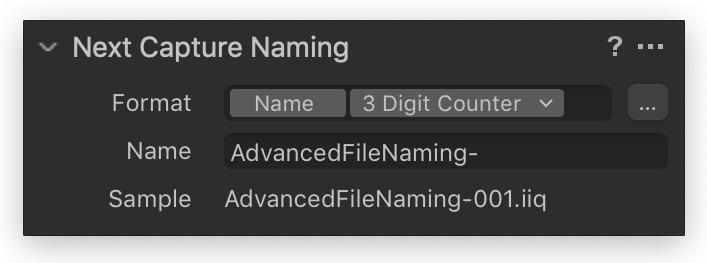
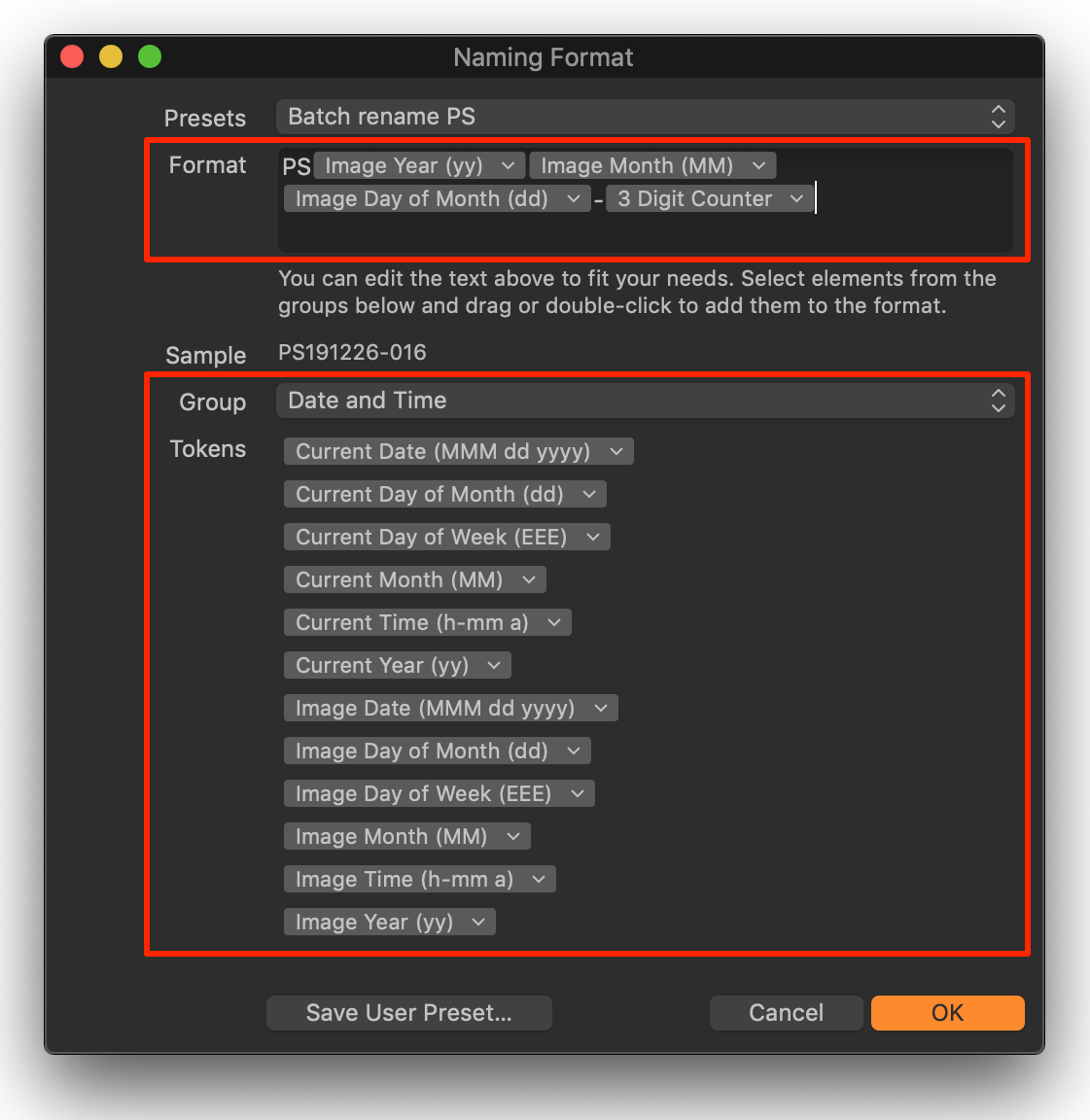

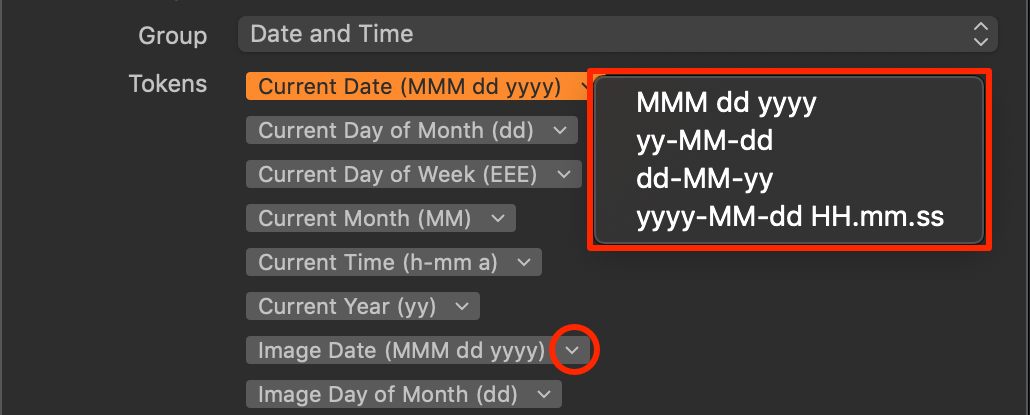
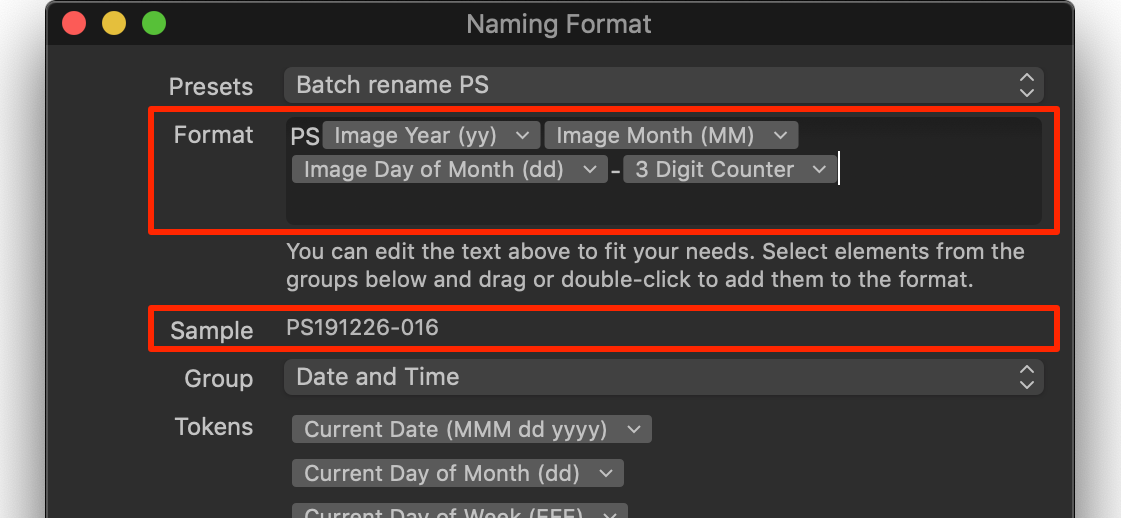
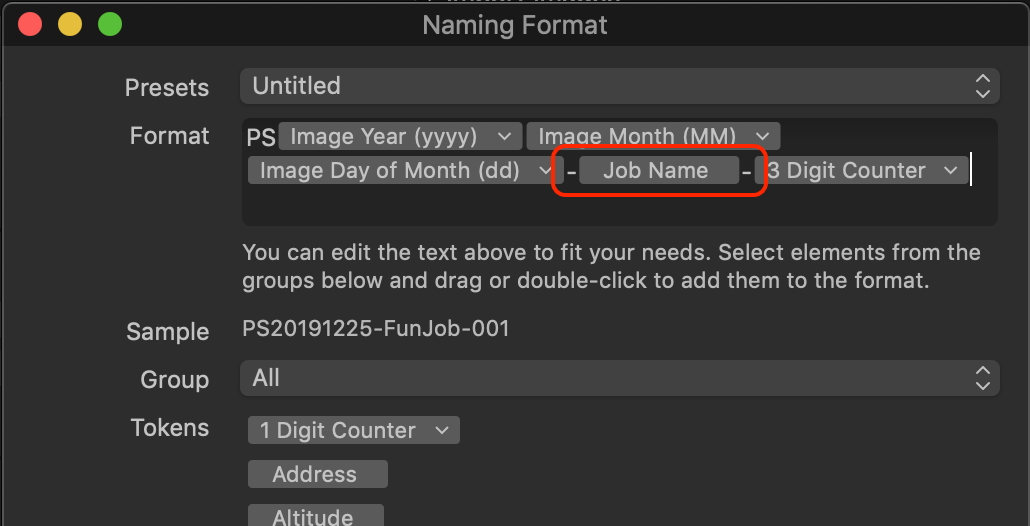
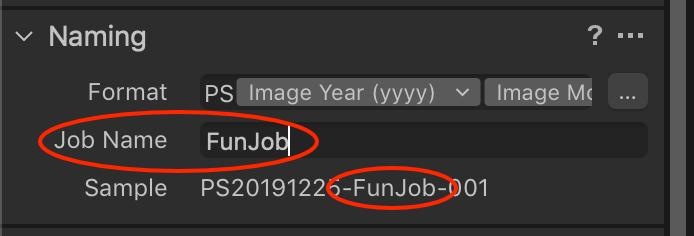








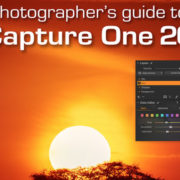


Hi
This is an impressive post. Possibly the best I’ve found regarding file naming in Capture One.
No doubt it’is a powerful system, however I miss a feature that I consider very important: using (or keeping) the image number (the number given by the camera) in the new file name. For example, in your last image, changing _IMG8674.RAF to TEXT_YYYYMMDD-8674.RAF. Your approach (find & replace) almost solves this issue, but I’d like to do it when importing the images, not after that process.
Any idea on how to do it?
Thanks
Hi Antonio,
Thank you for your remarks. Unfortunately, renaming through find & replace is only available after the import, not during the import.
Best, Paul Steunebrink / Image Alchemist
I think It would be an easy and useful feature to add to this great software.
Thanks for your answer.
Is there a token to keep the original image counter? Can’t seem to find it in my CaptureOne Pro.
Hi Bobby,
By default, Capture One uses in the Next Capture Naming tool the “Camera Counter” token.
Best, Paul Steunebrink / Image Alchemist
Upon import into a catalog if I name files using a ‘sequence counter token’ does the sequence continue with future imports into the same catalog?
Hi Geoff,
Yes, the counter continues by default. You can set or reset the counter anytime you like. In the Naming section of the import dialog, click on the 3 dots to open a menu to (re)set the counter.
Best, Paul Steunebrink / Image Alchemist